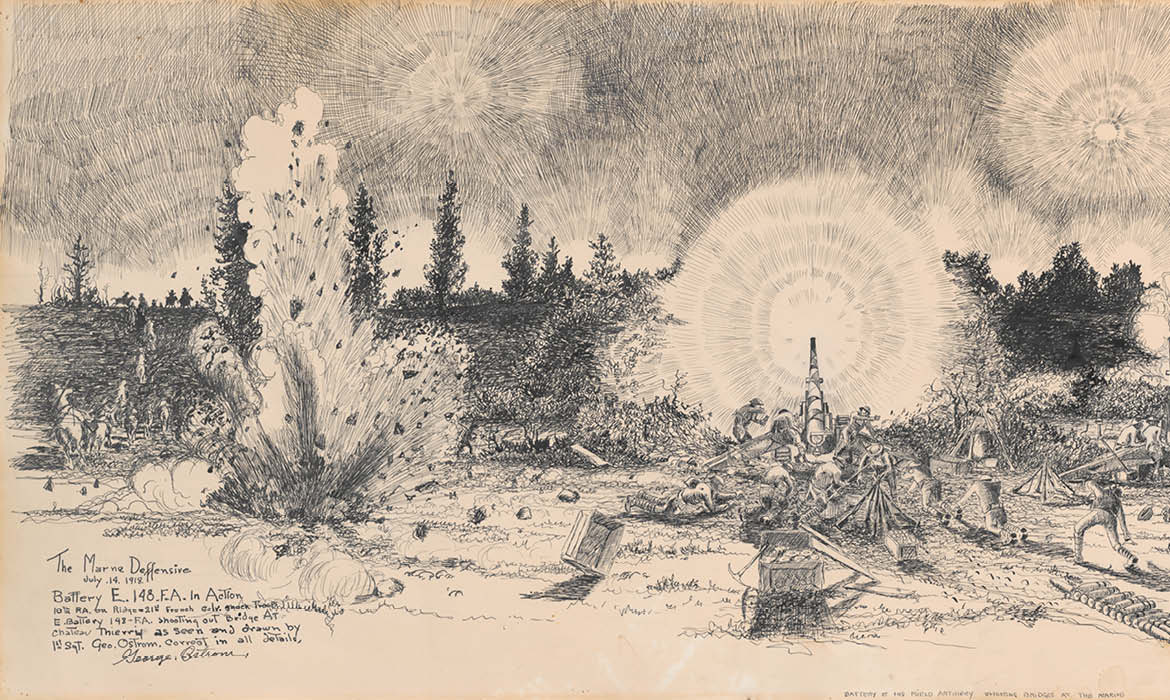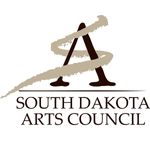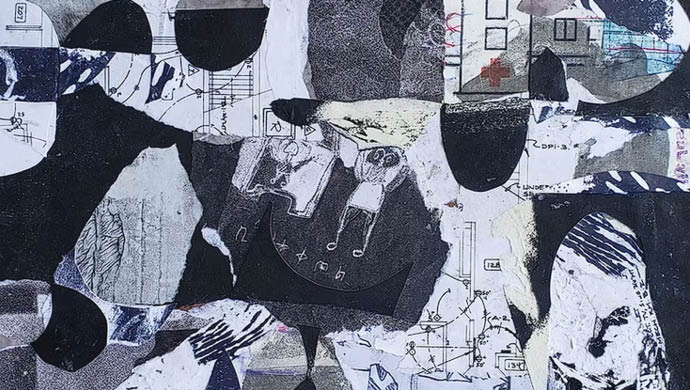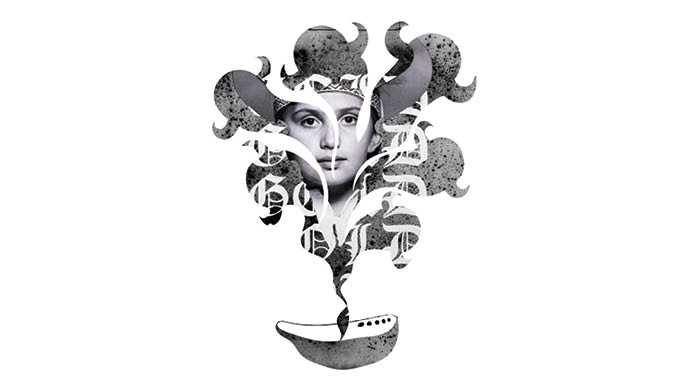Artwork By
George N. Ostrom
In this Exhibition
George N. Ostrom was more than a World War I veteran—he was a gifted artist, a champion of veterans, a voice in wildlife conservation and the creative force behind the legendary Wyoming bucking horse emblem. From humble beginnings in Iowa to shaping the cultural identity of Wyoming, Ostrom’s life story blends grit, talent and a deep commitment to his community and country. This profile explores his artistic roots, military service and lasting contributions to the spirit of the American West.




